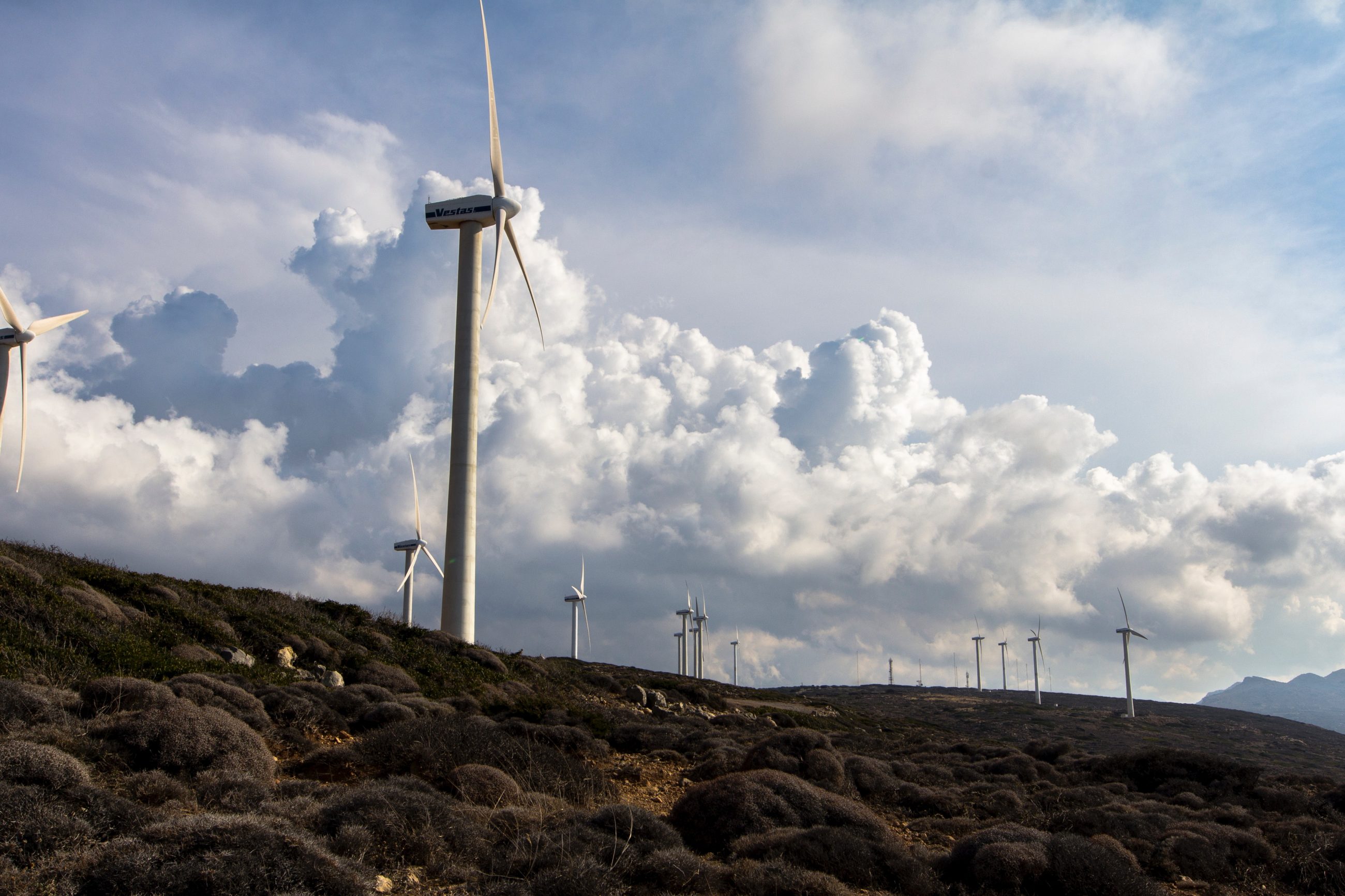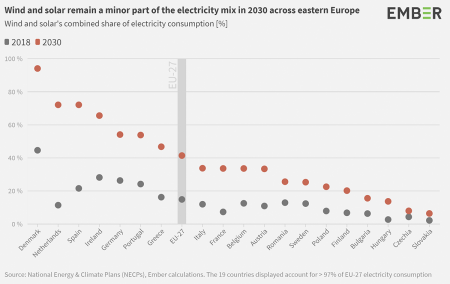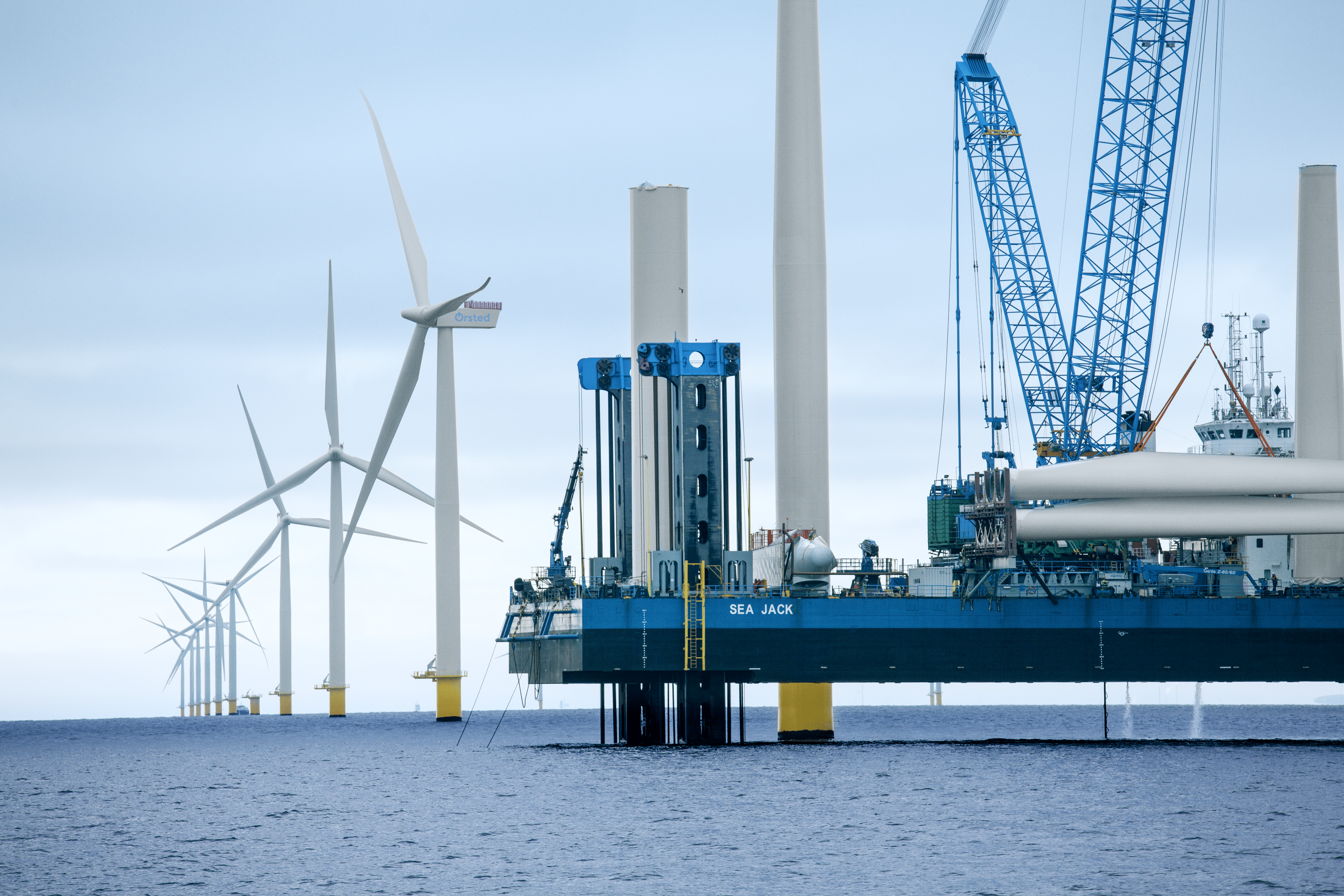News
Offshore wind
Onshore wind
Solar energy
+2
Renewable power is defying the Covid crisis with record growth in 2020 and 2021


Even though Covid-19 initially was a hit to the gut, renewable power has proven its resilience to the crisis and has grown steadily around the world — unlike other parts of the energy industry such as coal, oil and gas, which have seen a decline, according to a new report from the International Energy Agency.
China and the US have been the driving force behind new additions of renewable power capacity worldwide in 2020, which will reach a record high of almost 200 gigawatts this year. Wind, hydropower and solar PV lead this rise.
IEA: Renewables and clean hydrogen are key to carbon neutrality
Europe and India will lead a renewable surge in 2021
Already by 2021, a new record high will be seen. The IEA says that India and Europe will lead the expansion of global renewable capacity additions, which will be up by 10 per cent next year – the fastest growth since 2015.
[embed]https://www.youtube.com/watch?v=I2nBtz8fbJM&feature=emb_title[/embed]
The predicted growth in 2021 is the result of two things, says IEA: Firstly, the commissioning of Covid-delayed projects, where project developments have been pushed forward to 2021.
Secondly, growth is set to continue in 2021 in some markets – such as the United States, the Middle East and Latin America – where the pre-Covid project pipeline was robust thanks to continued cost declines and consistent policy support. India is expected to double its annual additions from 2020, making it the largest contributor to renewables in 2021.
In Europe, the IEA also predicts that the renewable power capacity will expand. This is due to previously auctioned utility-scale solar PV and wind projects in France and Germany now being commissioned. In addition, the EU Recovery Fund and the EU member states’ policies to reach the EU 2030 Climate Target Plan are key in supporting growth.
Renewables will continue to expand
Predictions of growth are also backed by a new analysis by the green think tank EMBER. The analysis reviewed every EU country’s National Energy and Climate Plan, which sets out how each country expects to generate its electricity by 2030.
The analysis reveals that renewables will double in the next decade to deliver 60 per cent of EU’s electricity demand in 2030, driven largely by growth in wind and solar. Across the EU, 20 per cent of electricity will be generated by wind and solar, with leading countries Denmark, Netherlands and Spain driving the power transformation targeting more than 60 per cent.
The snowball effect
Following the European Union and several European countries, Japan, South Korea and China recently announced targets for reaching net-zero emissions, and the next US administration seems to be following suit. The IEA expects that net-zero emission targets in key markets will further accelerate the deployment of renewables across all sectors, with potentially significant effects on global markets.
This points to the importance of countries setting ambitious climate goals and sharing knowledge and solutions with one another to transform the energy sector from black to green.
The Danish Energy Model shows how It’s possible to sustain economic growth while cutting emissions
Photo by Rasmus Kuber on Unsplash
















